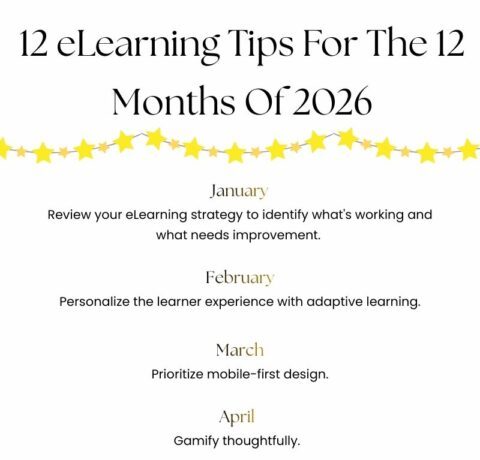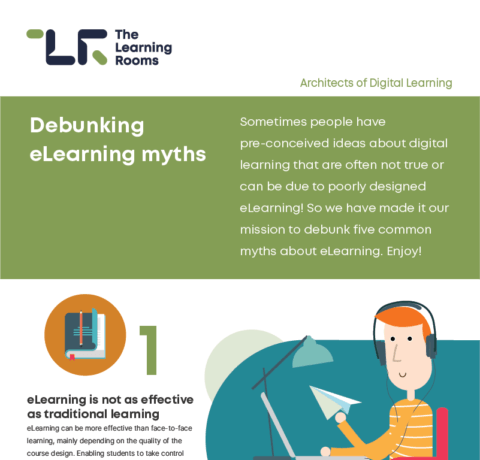7 Statistics That Prove eLearning Is Super Important For Your Organisation Infographic
There is a greater trend towards incorporating learning into the workplace than ever before — it’s a solution that benefits both employers and employees, and it’s one that is being actively embraced and pursued by both.
Not only are businesses and companies more keen to offer industry-specific, on-the-job learning opportunities, but employees are also using these provided learning opportunities to weigh the pros and cons of a job offer.
In other words, learning opportunities are now considered incentives when on the job.
So how exactly do you make learning a part of the job?
Through eLearning and digital course delivery platforms, of course. And, while not all eLearning opportunities are created equal, here are seven compelling statistics that prove its efficacy.
Not only is workplace-based eLearning here to stay, but it also comes armed with a promise to enhance the workplace culture into a personal development experience.
7 Statistics That Prove eLearning Is Super Important For Your Organisation
- Micro-learning makes learning 17% more effective
That’s according to the Journal of Applied Psychology. Meanwhile, learning professionals themselves are voting in favour of bite-sized or ‘micro’-learning. - 65% of Millennials Say They Chose Their Jobs Because of Personal & Professional Development Opportunities
Consider this:- By 2020, millennials will constitute 50% of the workforce.
- Currently, only one-third of them feel their organisations are making use of their ample talent.
- 66% expect to remain at their current employer’s workplace for less than five years.
- 2,500 Companies Can Directly Connect eLearning to Higher Productivity
In a survey of 2,500 companies by the American Society for Training and Development, it was found that companies with ‘comprehensive training programs’ have 218% higher revenue per employee and 24% higher profit margins. - eLearning Opportunities Are Linked to Employee Happiness
When 100 HR decision makers were surveyed by ILX Group, 51% said that ongoing eLearning and training had a different effect on improvements in employee morale. A ‘happy’ workforce means a more cohesive culture. - Subscription Learning Is Far More Beneficial for Employees
Subscription-based learning is connected to the ‘micro-learning’ environment. It allows employees to access information, as and when they’d like.
This kind of learning mimics the ‘agile development’ environment, where learning (and implementation) is highly responsive to a project or issue at hand. - AI Is Set to Personalise the Learning Experience
As employees progress along with their learning while on-the-job, AI-powered solutions can not only get predictive with which course to suggest next, they can also help employees personalise and choose their next learning experiences. - Performance Support Can “Instantly” Respond and Create Learning Opportunities
In the workplace are opportunities to learn by troubleshooting. This kind of ‘performance support’ can be either formal or informal — but it capitalises on the incentives that eLearning delivers to employees. Either performance reviews can be tied to new professional development opportunities — not as a reward but as a need-based response — or, more informally, employees can access a knowledge base ‘in the cloud’ when tackling an issue on a project.
Some are facts, some are trends, and a few of these statistics are the future that eLearning is inevitably progressing towards. No matter how you slice the apple, however, it's become clear that eLearning for any organisation is the present standard.







You can adjust your cookie preferences here.